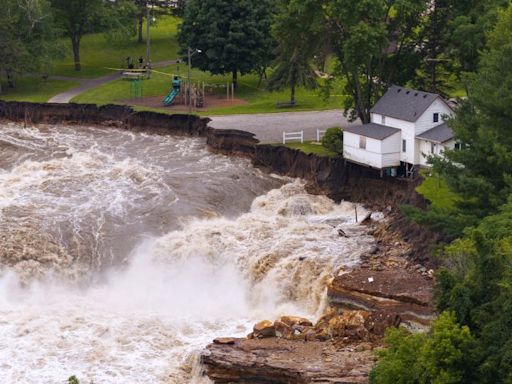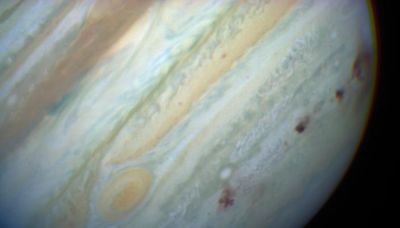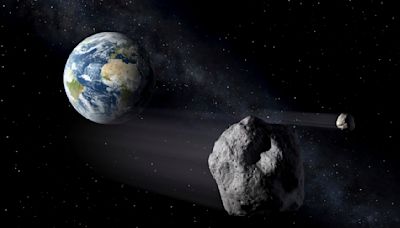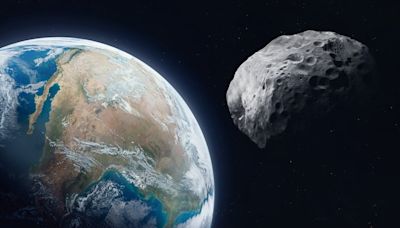Search results
1 day ago · Earth, third planet from the Sun and the fifth largest planet in the solar system in terms of size and mass. Its single most outstanding feature is that its near-surface environments are the only places in the universe known to harbor life. Learn more about development and composition of Earth in this article.
- The Interior
Earth - Core, Mantle, Crust: More than 90 percent of Earth’s...
- The Atmosphere
Earth - Atmosphere, Climate, Ozone: Earth is surrounded by a...
- Planetary Differentiation
Earth - Differentiation, Formation, Structure: Once hot,...
- Basic Planetary Data
Earth - Planet, Atmosphere, Geology: The mean distance of...
- The Outer Shell
Earth - Core, Crust, Mantle: Earth’s outermost, rigid, rocky...
- Structure, Composition, Development
Earth - Structure, Composition, Development: The origin of...
- The Interior
2 days ago · NASA's Earth Information Center allows visitors to see how our planet is changing in six key areas: sea level rise and coastal impacts, health and air quality, wildfires, greenhouse gases, sustainable energy, and agriculture.
4 days ago · According to the Gaia hypothesis, life created Earth—or at least the Earth we know today. This theory, first formulated by chemist James Lovelock in the 1970s, was a hit with the media and the ...
4 days ago · Earth is a "living planet." Here's why that's important : Short Wave About ten years ago, science writer Ferris Jabr started contemplating Earth as a living planet rather than a planet with life ...
2 days ago · Earth - Core, Crust, Mantle: Earth’s outermost, rigid, rocky layer is called the crust. It is composed of low-density, easily melted rocks; the continental crust is predominantly granitic rock (see granite), while composition of the oceanic crust corresponds mainly to that of basalt and gabbro.
5 days ago · Learn how to join the global movement to end plastics and protect the planet on Earth Day 2024. Find out about the UN Treaty on Plastic Pollution, the Great Global Cleanup, climate education, and more.
3 days ago · Earth - Atmosphere, Climate, Ozone: Earth is surrounded by a relatively thin atmosphere (commonly called air) consisting of a mixture of gases, primarily molecular nitrogen (78 percent) and molecular oxygen (21 percent).






